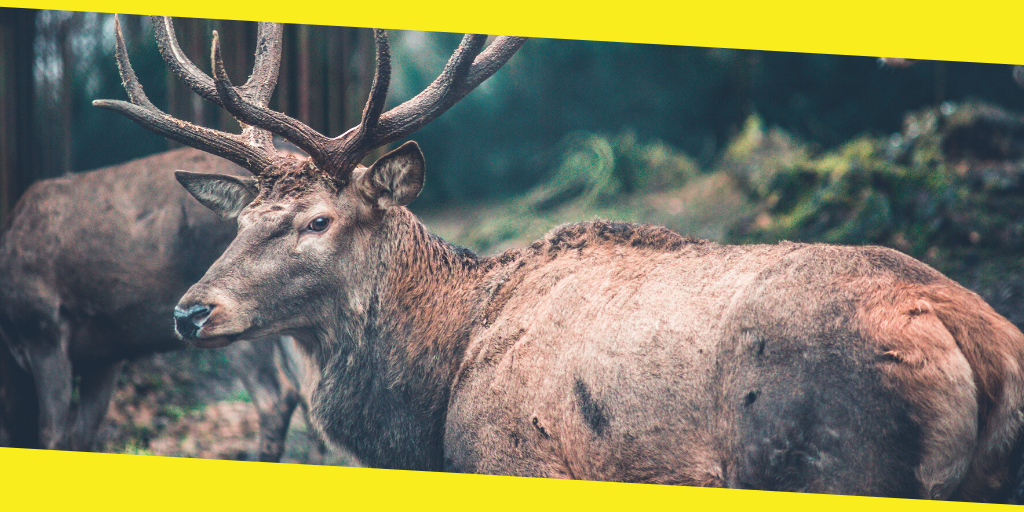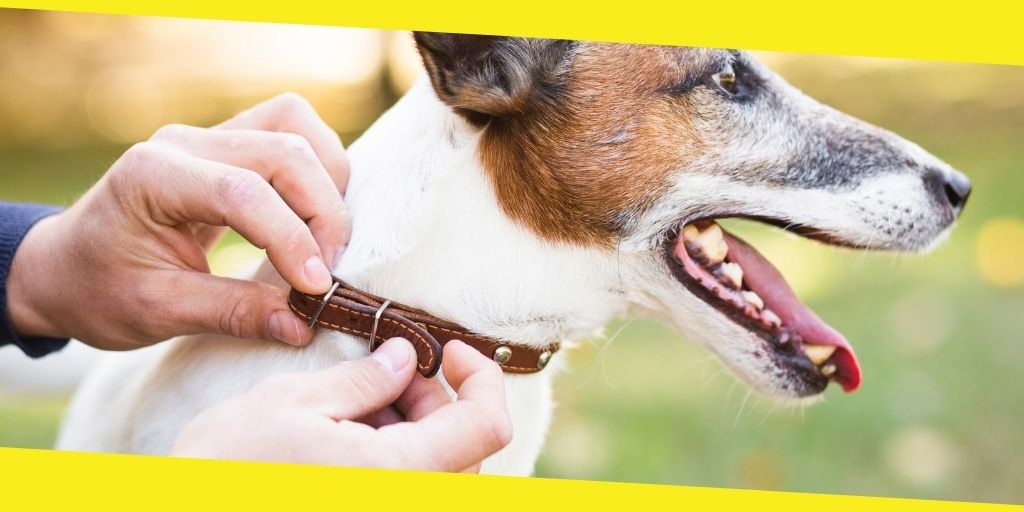5 Things to Consider Before Buying a Deer Feeder
This post was last updated on July 28th, 2023

Choosing a suitable feeder is nothing less than finding the Holy Grail for hunting and wildlife fanatics. If you are a resident of a region where hunting deer is legally allowed, setting up a deer-feeder could change the game for you.
Deer-feeders create an interest for wildlife enthusiasts, deer hunters and animal lovers alike. Be it a simple wildlife feeder in the yard, a wood lot next to your house, chances you are would feel the necessity of having your deer-feeder at some point. In that case, Feedthatgame.com got you covered!
Deer feeders offer numerous benefits over ground feeding. Because when you know what gets into the deer-feeder, you become sure of its advantages and working. You have complete excess to the protection of feed and control over the quantity of feed.
Deer-feeders are found at the most basic level anyone can imagine. Simple feeders help corn feed the animals, primarily through the harsh winters to help other wildlife besides deer to survive through seasonal conditions such as cold temperature, rains, and heavy snowfall.
Surprisingly, deer feeders are available in a variety of designs and sizes, depending on their use. Since deer-feeding is a challenge, especially during winters to help animals make it through the harsh season, deer managers, house-owners petting deer, deer hunters, and many states find the task of deer-feeding an ultimate challenge. Whether it is general wildlife feeding or a critical supplemental feeding program, deer-feeder can lend you a hand in providing mineral supplements to aid the antler growth or hold the deer to your property.
Here are five key factors to keep in mind that would make your deer-feeder purchasing experience a whole lot easier.
Contents
Toggle1 – Weight
Weight depends on access. If you drive to the hunting or feeding spot frequently and merely want to assemble and place the deer-feeder, a heavy feeder will do the trick for you. This is because it allows an easy excess which can help fill up the feeder when needed. On the contrary, if you want to haul a deer-feeder in a new remote area, you are going to need a feeder with a lightweight.
Also, remember that considering weight goes hand in hand with finding how much help is available to you. Keep in mind that maintaining and moving feeders from area to area is no child’s play. Hence if you have burly hunting-buddies or big men to accompany you to the remote regions, choosing a heavy feeder wouldn’t cause you much trouble. However, if not, consider going for a lighter one.
2 – Triggering Mechanism
Another factor to keep in mind while buying a feeder is the triggering mechanism. Gravity feeders do not require motors for dispensing food. Whereas, deer-feeders that are fully battery-powered make use of an engine and a spinner to distribute feed. Battery-run feeders consist of a timer that tells them when to start and how long to run. Another type of deer-feeder, the Photocell feeder possesses a sensor that is light sensitive. This sensor lets it know when the light is getting low, and it starts feeding automatically at about half-an-hour before dawn and half-an-hour before sunrise, depending upon the cloud-cover. The duration can be set according to your liking; you can even set several times a day. If you like feeding more than twice in a single day, go for a digital timer. If you don’t like the hassle of having to continually change the durations because of short days in the fall, a photocell feeder is your best option.
3 – Varmint Proofing
Your dear deer love corn. However, it’s not just the deer that would love to feast on the corn from your feeder, but many other animals from the woods too. The most destructive animals recorded are raccoons. You cannot protect your dear deer-feeders from varmints such as raccoons by putting up fences around it. What doesn’t help is that raccoons are highly intelligent; they would hang around your feeder with their three-feet and rotate the spinner with their fourth foot, pouring the corn on the ground to munch on. What even worse is that these bandits not only steal the corn, but also damage the wirings by chewing on them, and so do rats and squirrels.
Fortunately, there are varmint proof feeders available, that come with a variety of motors ranging from flimsy and ineffective to heavy-duty. There are do-it-yourself of varmint proofing the feeder as well, though you should know that built-in varmint guards always work much better.
4 – Standing vs Hanging
Deer-feeders are of two types; standing and hanging. The standing feeders come in a variety of structures, from two to three to four legs. Both the designs have pros and cons, and the usage depends upon your taste, and of course, requirements. The biggest advantage of standing (either tripod or four-legged) feeders is that they can be set up anywhere. The con is that they are open to damage by bears and wild animals, and are a tad bit expensive.
Hanging ones are comparatively cheaper and out of the reach of wild animals and other destructive visitors. However, unlike the former, they cannot be set up just about anywhere and need an easily accessible tree or something of that sort. The critical point to keep in mind is if you are fencing, go for a standing feeder, of not, a hanging feeder would be suitable.
5 – Ease of Filling
One of the most important factors to keep in mind while buying a feeder is the ease of filling. You would not like to stand on a bed of the truck to reach the filling spot in your feeder, now would you? Always go for a feeder that is low enough to fill without having to stretch your hand above your head. However, the con of little feeders is that they are open to attacks from varmints and bears. Some reasonably tall ones come with a small, lightweight ladder. There are auger style feeders available that make the feed filling easy, safe and quick, but are expensive.
Conclusion
Deer-Feeders are fantastic for people interested in wildlife watching or hunters who want to keep deer close to their hunting areas within the bow-range. However, buying your first deer feeder could be hit-or-miss. The factors mentioned above need to be considered when going for deer-feeder shopping.
Recommended For You
Mistakes You Should Avoid During Collar Training for Dogs
Most Inside
Most Inside offers high-quality recommendations and valuable updates to enhance all aspects of your life, providing premium guidance and enriching experiences.




